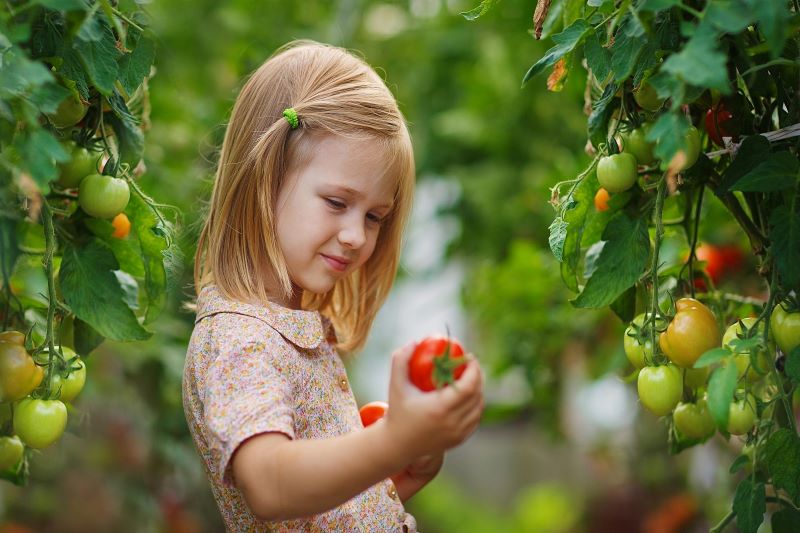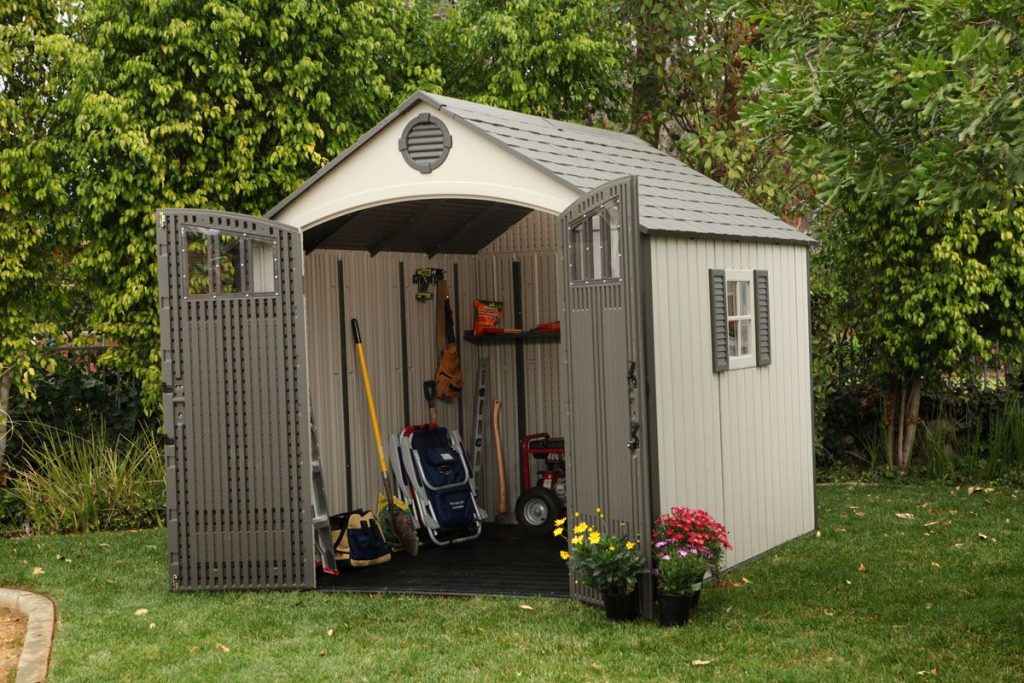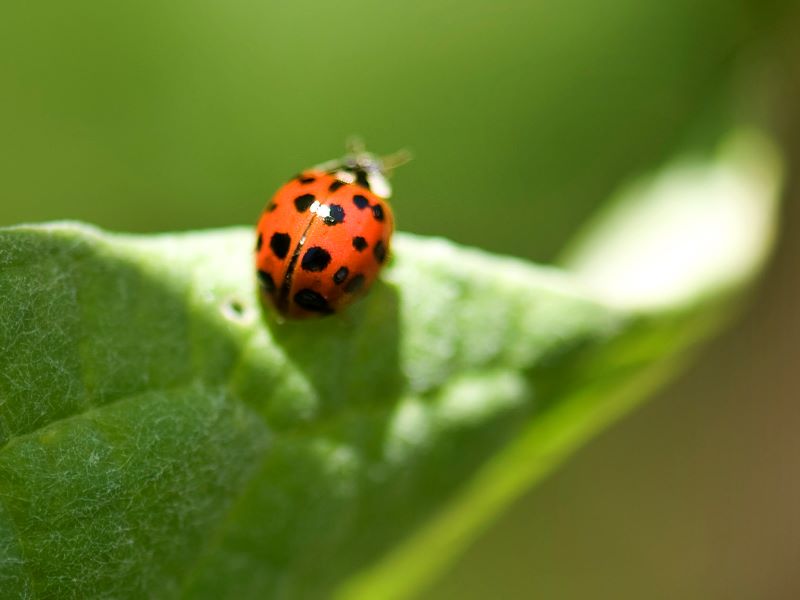Table of Contents
You do not have to be a professional gardener or horticulturist to have a garden. There are several benefits of having nature manifested in this manner. For instance, it is a way to keep busy and productive, especially with uncertainties such as a lockdown.
It has also been reported that people dealing with emotional problems find considerable relief from this activity. Take advantage of its many benefits.
Just in case you are interested in knowing other benefits of growing plants in your garden, you can visit https://www.healthline.com/health/healthful-benefits-of-gardening.
There is a difference between what to do and how to do many things. In order to grow healthy plants in your garden, you need to follow certain practices.
If you are a beginner in need of help, we have relevant information in this article for you. In this article, we will share a step-by-step guide to growing the right plants in your own garden.
Picking the Right Location
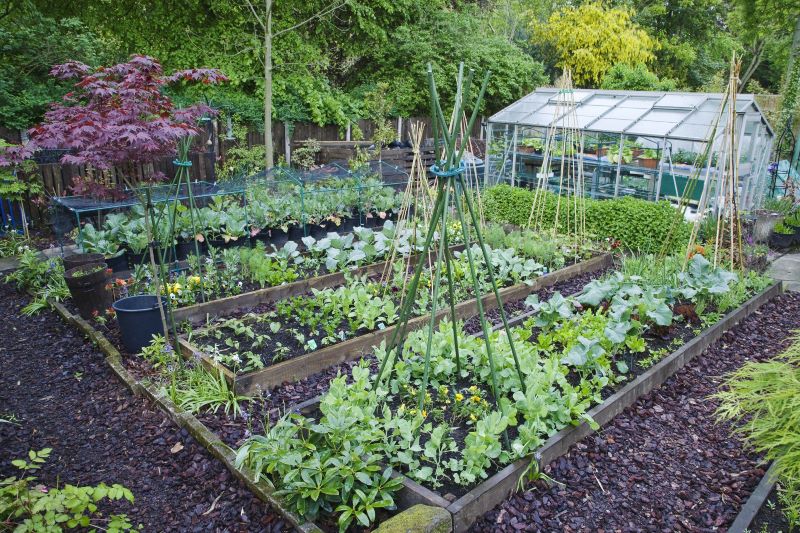
Garden locations are always ideal.
Prior to building your home, if you are in a position to choose a garden, ensure that it has the best possible space. Even if you don’t have this luxury, there is still something you can do.
Since most plants do better with sunlight, you should ensure that the chosen location is somewhere that gets lots of it. This is important for the growth of whatever you will eventually plant.
To do this, you can take advantage of technology. There are certain mobile apps available for download on smartphones. These apps are designed to predict accurately the sunlight pattern in the area. The great thing is that they can do so well ahead of time.
For instance, you can predict the sunlight’s direction for April even while you are in February. Using any of these apps will help you rightly position the crops to benefit maximally from sunlight.
Select the Right Crop
There is such a thing as reaping the fruit of your labor. This means you are to enjoy the proceeds having toiled long and hard to get your garden in the right shape.
Getting the right crop is essential if this will be the case. So, do not plant something that is not relevant to your family’s dietary needs. You should deal with a plant that you will be able to use well enough and preserve properly.
Options that are usually relevant include tomatoes, potatoes, onions, and several others. The point is you should not plant something you do not need.
Purchasing Your seeds
We have simple rules as regards this. First, you should get your seeds from trusted suppliers as the state of the seed is central to the growth of the crop. This implies that a bad seed will produce bad products.
Secondly, you should deal very early in the year to get it at a bargain price. This also applies to people who choose to make their purchases online.
Furthermore, there are credible guides and review sites that can help you make the right decision. Options such as Live Grow Garden, A Way to Garden, and several others fall under this category.
Starting Seeds Inside or Outside
You may need to plant inside considering how delicate some crops are and several other factors. Examples of such include melons, tomatoes, pepper, and many others.
Here is the best way to know a crop that should be planted inside. Check the seed package and if the harvest time exceeds 90 days, ensure that you plant inside. Other than for crops with harvest time exceeding 90 days, all other plants should go outdoors.
Here is a very important one. Planting crops that are meant to be inside should kick off early. You are to start the process very early in the year. This is so that the crop will be in the right state even with the upcoming winter.
Traditional or Raised Bed – Make a Decision
You are expected to choose between the traditional or raise bed option for the soil layout. All of these options come with their advantages and disadvantages.
The traditional option is a lot easier to get started. At most, you can improve the soil quality with some compost using a rake or a more advanced tool or machine to mix everything up.
On the other hand, the raised bed option is more capital intensive. It requires getting some wood or a ready-made product. Also, the soil mixed with compost has to be rightly fitted into the bed.
Despite the financial and timely inconvenience that comes with its installation, the raised bed option is great for crop protection against weeds. This is a great way to ensure that especially delicate crops that can be affected by weed springing up anywhere are grown in an ideal environment.
Furthermore, this option is great because it has fewer humans trampling over it. The well-demarcated garden area is usually protected against humans and animals. As a result, the soil remains compact enough for the best output.
However, if you are just starting and cannot afford to get a raised bed and/or put up all the work required, the traditional option is good enough.
Equipping Your Soil
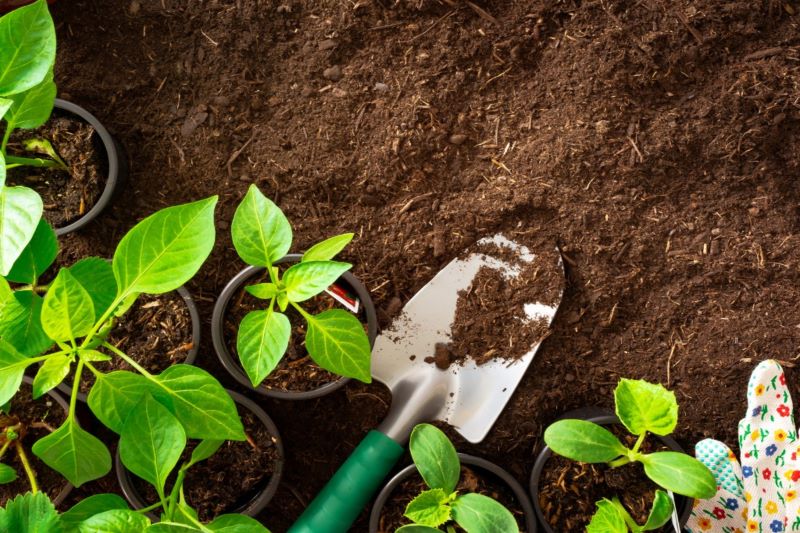
At your level as a beginner, you may not need to get your soil professionally tested. However, you can get it to be the best it can be with as much organic matter as possible. For example, you can get loads of compost from any farm nearby and mix it thoroughly with your soil.
You can also go the easy route by starting a compost pile for yourself. This will involve digging a little hole in a remote part set aside for this purpose. You are to fill this part with piles of kitchen scraps, leaves, yard waste, tree clippings…
You are to leave this pile for a year or more. These contents will undergo decomposition and become rich compost for your soil eventually. You can then take it afterward and use it.
For more information about this and a gardening guide for beginners, you can watch this video.
Conclusion
Planting your crop(s) in your garden has a number of benefits. It is necessary to understand how to plant them in order to be able to enjoy them.
